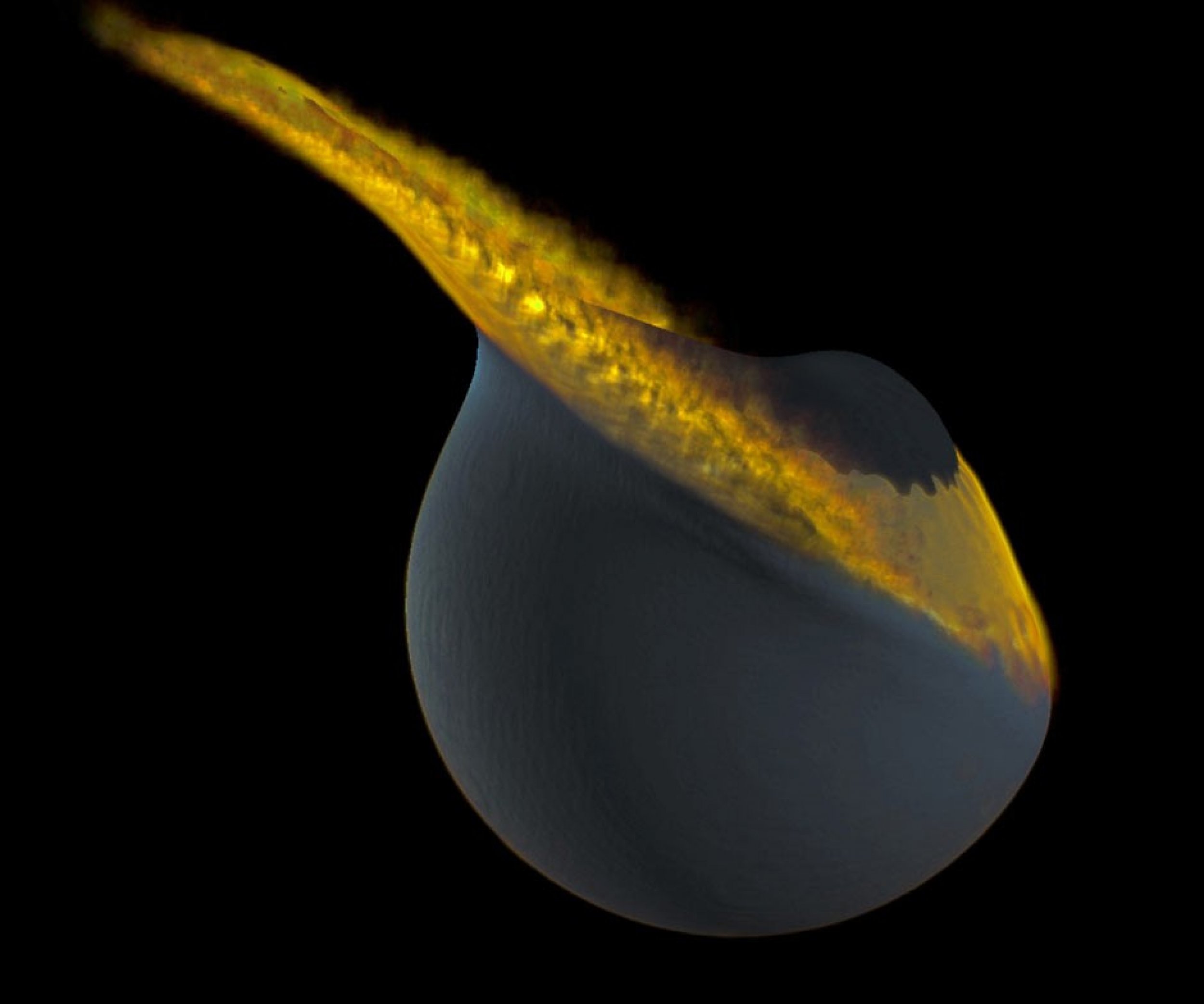Two Moons? Collision Resulted in One Moon for Planet Earth [VIDEO & PHOTOS]
The collision of two moons orbiting Earth may have resulted in the planet's present-day lopsided moon, scientists say.
Research published on Wednesday in the journal Nature states that in its younger years, Earth's moon was shadowed by a lightweight companion that was about one-thirteenth of its mass.
But as they both traveled through space, the moons began growing farther form the Earth. The moons' stability within the orbit was disrupted by Sun's gravitational force and they ended up crashing into each other, with the remnants of the smaller moon pancaking the bigger.
At least that's what Erik Asphaug, a planetary scientist at the University of California, Santa Cruz, believed caused the asymmetry of the Earth's current moon. He said the crash was slow and took several hours.
"By definition, a big collision occurs only on one side," Asphaug told Nature, "and unless it globally melts the planet, it creates an asymmetry."
When scientists observe Earth's current they find that the visible side is made of low-lying plains, while the farside consists of mountainous terrains and is about 50 kilometers thicker that the near side.
The near side also has a richer source of potassium (K) and rare-earth elements (REE) and phosphorus (P), which are known as KREEP.
Co-author Martin Jutzi of the University of BerneJutzi, told the UK Guardian that the impact produced a disc of debris around the Earth, which produced the current moon.
Both Asphaug and Jutzi created a computer model showing that a collision of the moons can be an explanation for why the moon is the way it is now.
Also Read: Earth had Two Moons Until They Collided: Claim Scientists [Photos]





© Copyright IBTimes 2025. All rights reserved.






















